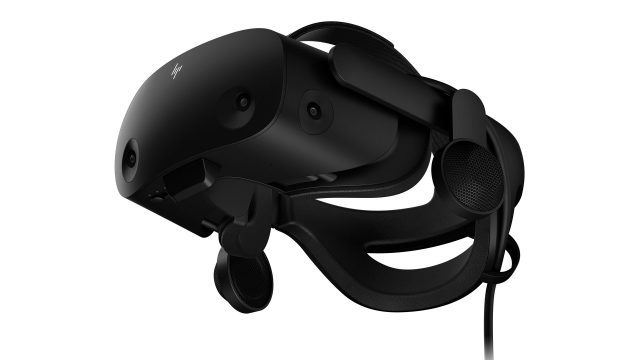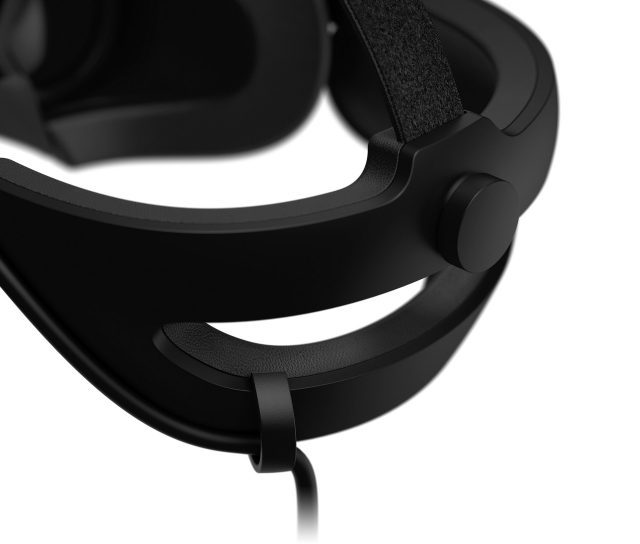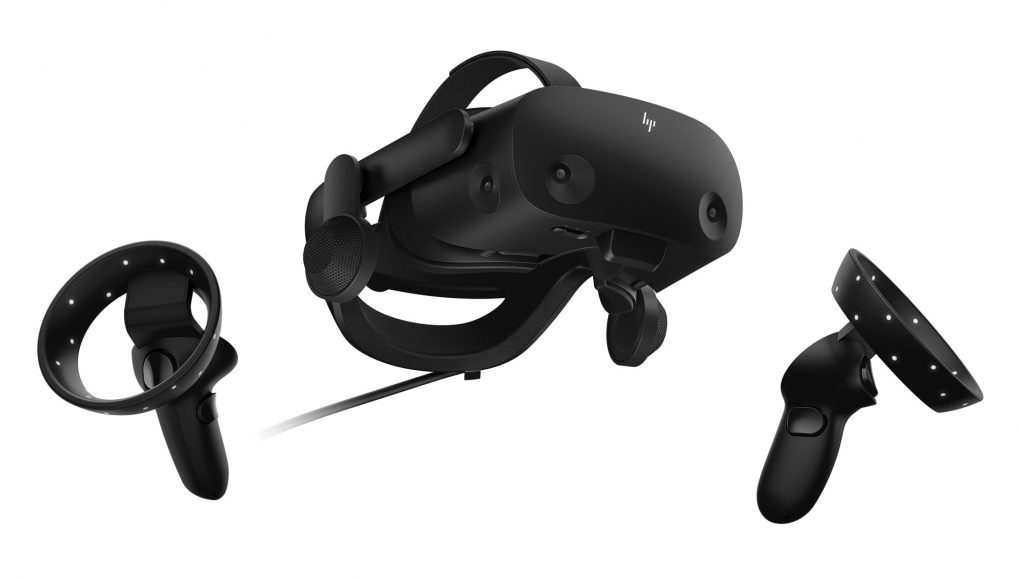HP has announced a May launch window for the Reverb G2 Omnicept Edition. Priced at $1,250, the headset builds on the existing Reverb G2 with eye, mouth, and heart rate sensors, along with an improved tightening mechanism for the headstrap.
Reverb G2 Omnicept Edition is HP’s enterprise-focused version of the Reverb G2 headset. The company says that the added sensors—for eye, mouth, and heart rate tracking—will allow the headset to offer a better VR experience for both the user and for observers wanting to collect analytical data about the user’s experience. HP claims the sensors are built with privacy in mind.
“HMD firmware safeguards sensor data at every moment of capture and no data is stored on the headset. HP Omnicept powered applications help ensure the capture and transfer of data comply with GDPR and keep user data confidential,” the company says.

Aside from these features, we’re looking largely at the same foundation of the original Reverb G2 [our review], which offers impressively sharp displays and great integrated off-ear audio:
| Resolution | 2,160 × 2,160 (4.7MP) per-eye (LCD) |
| Refresh Rate | 90Hz |
| Lenses | Single element Fresnel |
| Field of View | 114° diagonal |
| Optical Adjustments | IPD |
| IPD Range | 60–68mm |
| Connectors | USB-C, DisplayPort, Power |
| Cable Length | 6m |
| Tracking | Quad on-board camera (no external beacons) |
| Controllers | Reverb G2 controllers |
| Audio | Off-ear headphones |
| Microphone | Yes |
| Pass-through Cameras | Yes |
One other quiet but welcomed change to the Reverb G2 Omnicept is a new way of adjusting the headset’s side straps; while the original has finnickey velcro straps on the sides, the G2 Omnicept has a single dial on the back of the headset for tightening the side straps.

The Reverb G2 Omnicept Edition has a release date scheduled for May and a price starting at $1,250.
Omnicept SDK
Alongside the headset, HP also detailed the Omnicept software, which is a layer on top of the sensors which allow for interpretation and integration of sensor data into VR applications. While the ‘Core’ Omnicept SDK can be used for free by developers, deployed applications making use of the Omnicept SDK require additional payment and licenses based on the use-case:
| Core | Academic | Developer | Enterprise | |
| Software Price | Free | Free for educational use (2% revenue share for profit) | 2% revenue share | $1,500 |
| Inference Engine SDK | No | Release 1 – cognitive load (new features coming in the future) | ||
| HP Reverb G2 Omnicept Edition Simulator | Yes | |||
| Eye-tracking API | Yes | |||
| Pupillometry API | Yes | |||
| Lower Face Camera API | Yes | |||
| Heart Rate API | Yes | |||
| Pulse Rate Variability API | No | Yes | ||
| Developer Support | Online self-help | Premium support | ||
| Country Availability | 68 countries (same as headset) | USA, Canda, UK, Germany, France, Italy, Spain, Netherlands, Australia | ||
| HP Omnicept SDK | Free to download | 30 day free trial | ||
| Software License | Free perpetual developer’s license | Free perpetual developer’s license. 2% revenue share if used for profit | 2% revenue share perpetual developer’s license | Perpetual developer’s license & 5 run-time licenses included. Enterprise Service Pack purchase required for first year. |
HP says the Omnicept features are supported across both Unity and Unreal Engine.







